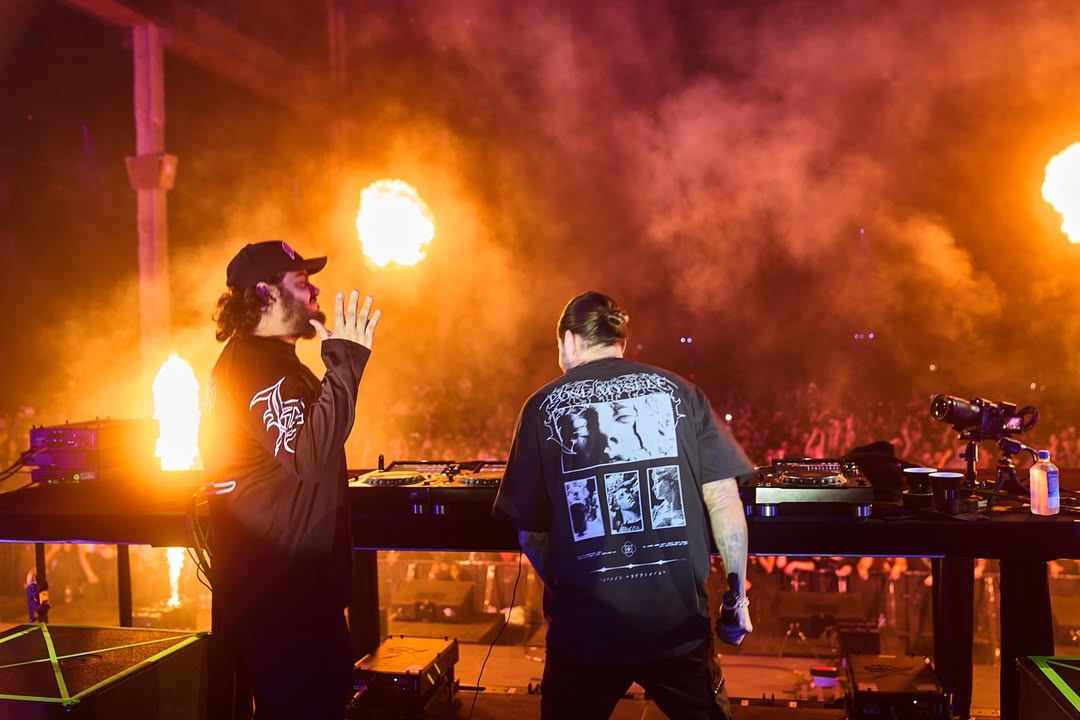WARNING: The following contains spoilers for Deep Insanity: The Lost Child Episode 11, "Revolution," now streaming on Funimation.
As with most disappointments, the tragedy of Deep Insanity is seeing how it could have been extremely good. The concept art for the anime is inventive and haunting, creating a world down in the reaches of Antarctica that explorers have dreamed of. The cast is engaging and diverse, allowing for casual conversations and an easy camaraderie.
Even the overused trope of time travel could have been used in an engaging way, but only under the right circumstances. Early in the series, Daniel Shigure was a newbie to combat but nevertheless amazing with a gun. The following episode, those skills had disappeared, though he was still chosen to be a sharpshooter for an assassination. The show could have utilized these continuity discrepancies by allowing each individual episode to exist on a different timeline, which would make diegetic sense in accordance with Vera Rustamova's power.
If the show had leaned into changes in character knowledge, weaponry, relationships and memories, it might have lived up to the titles of the episodes: "take 01," "take 02" and so on. The Sleeper Squad might not have remembered the first barbecue they had together because it never happened in their timeline. On a more serious note, there could have been an episode where Hayden lost an arm, and then didn't lose it and then is missing it all over again.
Including changes that big would assure the audience that, yes, the continuity errors are purposeful. This would in turn give Vera's suffering meaning, and add a sense of complete disorientation. If the only constant is that Leslie Blanc dies, their death is a permanent fixture that makes Vera a miserable time traveler. The differences between the takes would not only make Vera more sympathetic, but also make the characters more volatile since there would be no way to be sure which timeline they're on.
Within Episode 11, however, a reason for the series' discontinuity was not provided, though the plot continued to make little sense. An evil scientist named Dr. Iceman wanted to fuse with a little girl to become a monster and destroy the world. For a reason left unexplained, none of the protagonists killed Hayden when they had the chance. Instead, they seemed to forget his existence after exchanging bullets. Two members of the team finally hesitated when the story came down to killing a sleeping child.
Why Hayden and Nadia want the end of the world isn't clear, but nothing about them has been clear from the start. In a similarly mysterious manner, when the scene ended in explosions and fire, Daniel woke up in his cot for his third take. After having a powerful moment of understanding for Vera, he cut his hair, which made him look slightly more heroic but is mostly so unremarkable that viewers might have missed it if not for the hair shown in the sink. Thus, Vera's powers were turned over to Daniel, who has had a change both of heart and hair, and will now presumably succeed where Vera could not by defeating Dr. Iceman and saving El-Cee, ignoring the fact he spent the majority of the season alright with killing her.
In a show where Vera's ability was revealed sooner, there would have been no need for Daniel to take up the mantle with his new haircut and fall into the traditional and toxic manly role of getting the job done after a woman fails to do it herself. The show could have instead zeroed in on the Squad's adventure, gorgeous art and overlapping timelines -- where its greatest potential has always been. Instead, its story remained boringly cliché, with time travel and monsters thrown in. It's a sorry state for the anime section of the Deep Insanity multimedia project, and one can only hope the mobile game and manga do better.
About The Author

